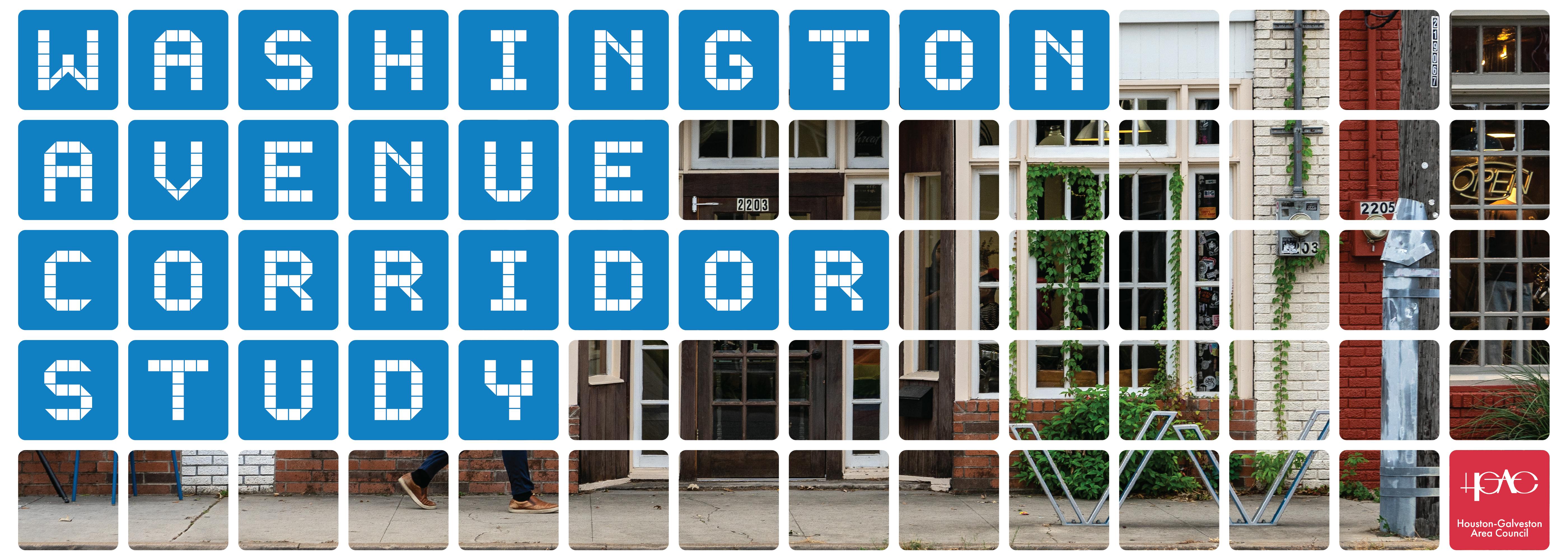WACS Public Engagement Summary - What Works, What Doesn't?
We heard from you! Thank you for your input in Phase 1. Many people gave their ideas in person and online through the map and activities on this website below.
- Interactive Map: What works about this corridor and what doesn’t?
- Ideas Pinboard: What alternatives could we consider?
Meeting 1 Presentation
Click here for a PDF with key highlights in English and Spanish!
Presentation at May 11 Public Meeting (includes Q&A):
Presentation recorded virtually:

What are the main issues facing the Washington Corridor today?
The corridor feels unsafe regardless of how people travel.
Providing a safe corridor for everyone was the most important issue. People rolling, moving on foot, biking, riding transit, and driving are unsatisfied with the safety of the corridor, citing unsafe crossings, intersections, sidewalks, and road design as their main concerns for the corridor.
Important connections to ped/bike trails, transit, and major destinations are missing.
Two Bayou trails run parallel to Washington, but don’t connect to the corridor, even where connections would be easy to make. Transfers between bus routes are unclear and lead to missed connections, and major destinations are hard to get to by car due to turning conflicts, at grade railroad crossings, and lack of signalization.
Most buildings lack a strong relationship to the street and places to sit and eat outside.
The lack of interest and the space between sidewalks and buildings makes the corridor less interesting and more exposed to walk along and doesn’t encourage people to interact with each other or shop.

What people imagine for the future of the corridor:
People want to see a thriving, sustainable, livable Washington Corridor. 
When asked what people want the corridor to feel like in 2045, they overwhelmingly described a lively, active corridor that feels like a main street or european city, with buildings built closer to the street and wide shaded sidewalks filled with people, places to sit and eat or drink coffee. They also included safety improvements and public transportation.

People want to feel safe.
People moving along and across the Washington Avenue Corridor do not feel comfortable regardless of mode. Most people want to see bike lanes, wider sidewalks, improved crossings, and narrower car lanes. Pedestrians, cyclists, and transit users say comfort is very important, and if every mode of transportation felt equally comfortable, 75% of their driving trips may switch to a different mode. Over 90% of walking trips might switch to biking or taking transit, and almost 80% of bike trips would switch to walking.
People want transportation options.
Many people’s visions for the corridor involve an east-west light rail line or dedicated bus lanes, bike lanes that connect to other bike facilities, bike parking, and reduced car lanes. In the spatial trade-offs activity every participant reduced driving lanes to have better pedestrian, bike, and transit facilities.
People imagine pleasant outdoor common areas.
Shade, buffering from car lanes, seating and outdoor dining become a desired image for the overall avenue. People want to be able to walk the avenue in pleasant public spaces.

Thank you for your comments! In our next round of outreach we will present design alternatives for the Washington Corridor.




